US electric vehicle (EV) manufacturer Fisker has filed for Chapter 11 bankruptcy, less than two years after it launched its Ocean SUV as a rival to the best-selling Tesla Model Y.
“Fisker has made incredible progress since our founding, bringing the Ocean SUV to market twice as fast as expected in the auto industry and making good on our promises to deliver the most sustainable vehicle in the world,” said a Fisker spokesperson in a statement.
“We are proud of our achievements, and we have put thousands of Fisker Ocean SUVs in customers’ hands in both North America and Europe.
“But like other companies in the electric vehicle industry, we have faced various market and macroeconomic headwinds that have impacted our ability to operate efficiently.
“After evaluating all options for our business, we determined that proceeding with a sale of our assets under Chapter 11 is the most viable path forward for the company.”
It’s the second US electric carmaker to go under within the past year, after Lordstown Motors went bankrupt after producing just 450 examples of its Endurance pickup.
Fisker was established in September 2016, just three years after its namesake founder and former BMW designer Henrik Fisker’s previous car-making venture, Fisker Automotive, filed for bankruptcy.
Unlike the original Fisker, which launched one of the world’s first plug-in hybrids with its Karma sedan, the new Fisker brand had aimed to be an electric-only company.
While EV giants like Tesla use their own factories to build their vehicles, Fisker contracted manufacturing giant Magna International to produce its Ocean SUV in Austria, which was revealed in November 2021 with deliveries beginning in June 2023.
However, the wheels soon started to come off the venture, with Fisker unable to shift the Ocean in meaningful volume, which was followed by a scaling back of production.
Job cuts reportedly began in February this year, while plans to launch its Alaska pickup and smaller Pear SUV were shelved as Fisker fought to stay afloat, though the downward spiral had begun with no signs of stopping.
Within a month, Fisker failed to secure a partnership with Nissan, the National Highway Traffic Safety Administration (NHTSA) opened a probe into the carmaker due to owners reporting an inability to shift into park or gear, and the New York Stock Exchange delisted the company as its share prices fell to “abnormally low” prices.
The NHTSA later opened a probe following reports of Ocean doors failing to open and its autonomous emergency braking system activating without being needed.
During this downwards spiral, Fisker also massively slashed prices of the Ocean, though US buyers were hesitant to buy the electric SUV – no doubt deterred by concerns about a lack of after sales support if the company’s woes continued.
Last month, Fisker’s Austrian division “voluntarily filed to open a restructuring proceeding via self-administration”, a similar process to Chapter 11 bankruptcy in the US.
Approximately 500 workers had been laid off from the Magna Steyr factory which built the Fisker Ocean after production was idled in March.
To compound its struggles, just hours before filing for bankruptcy, Fisker announced the recall of more than 18,000 Oceans in North America and Europe as the electric SUV didn’t comply with safety standards.
Fisker had once allowed interested Australians to reserve their interest in the Ocean, though it never ended up building any right-hand drive vehicles.
MORE: Fisker declares bankruptcy in Austria, production has stopped
MORE: Fisker teeters on the brink after Nissan talks collapse
MORE: How a simple door ding led to this EV being written off








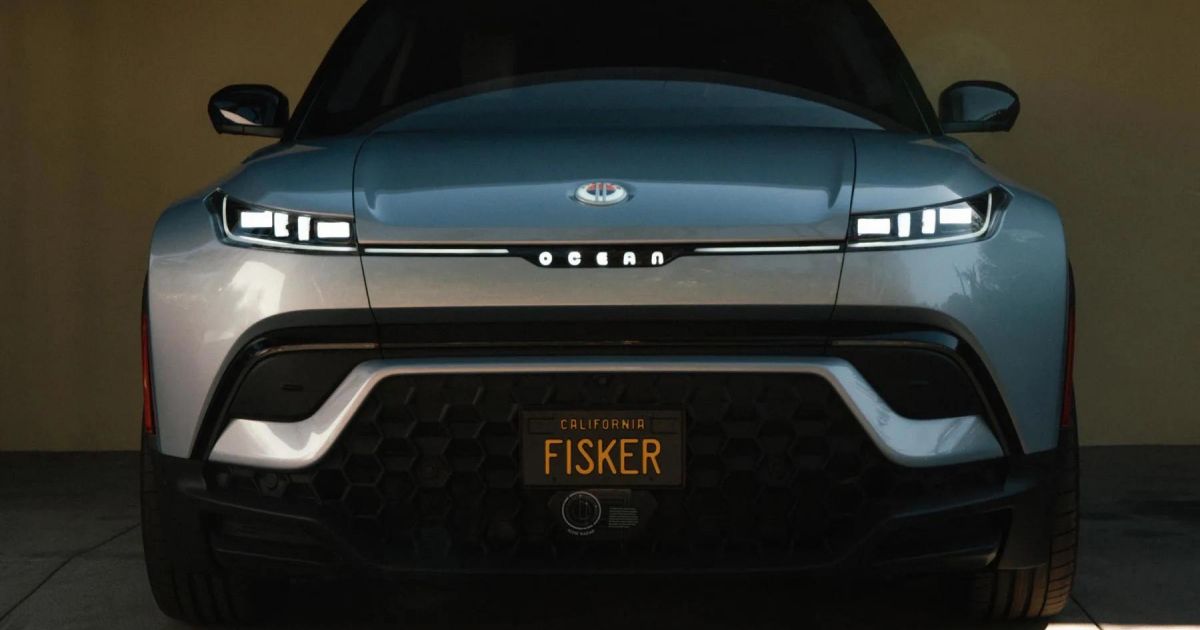
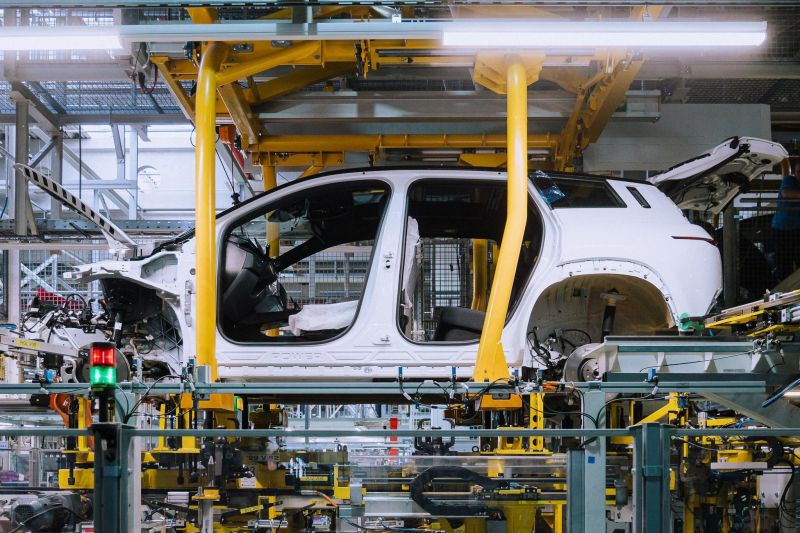
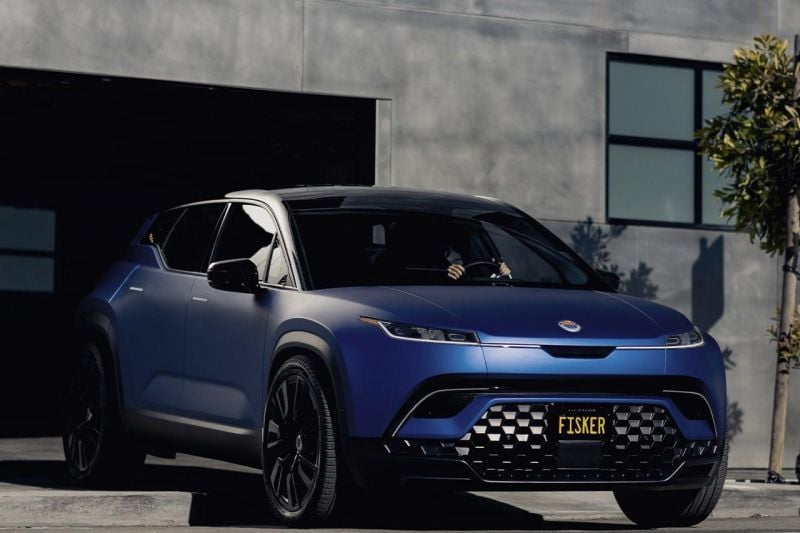
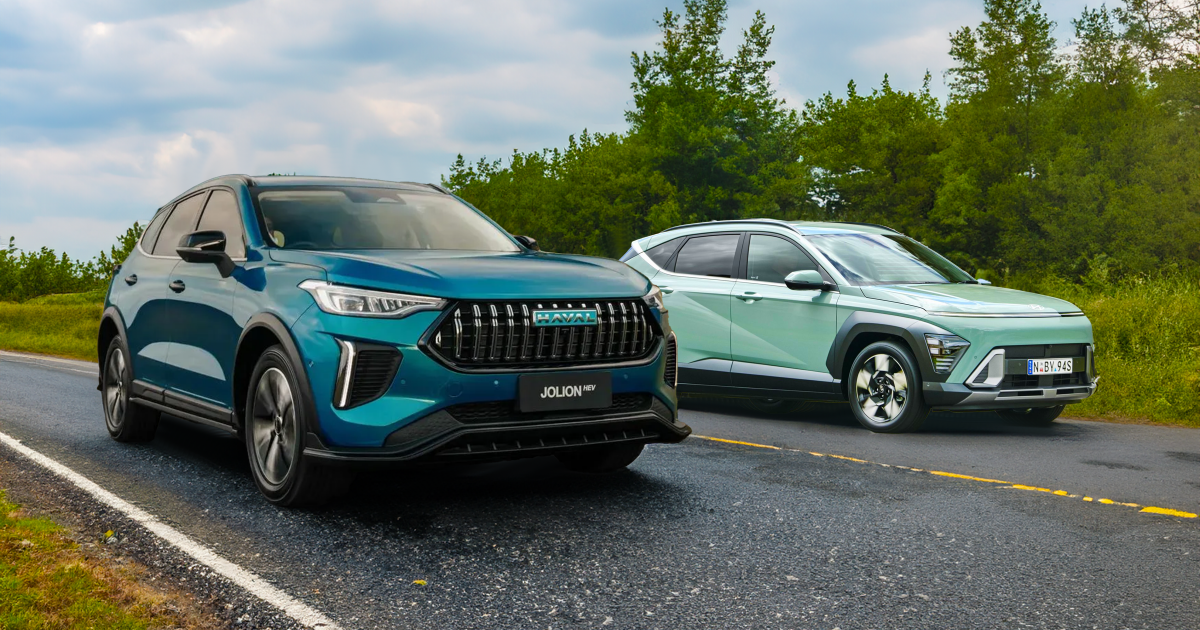
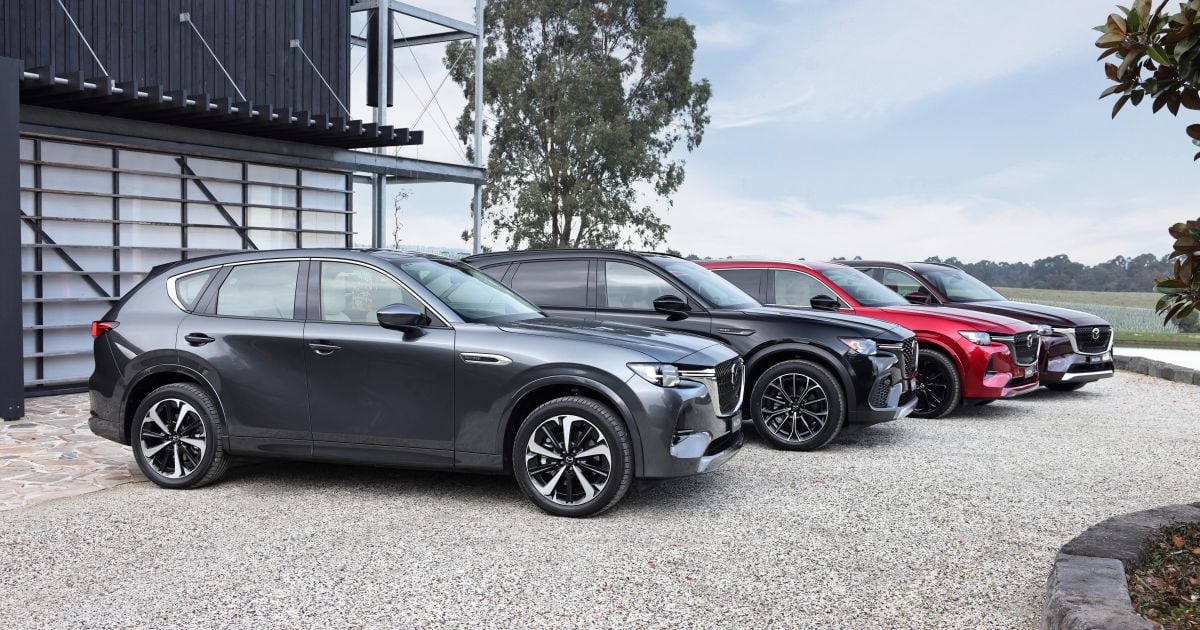
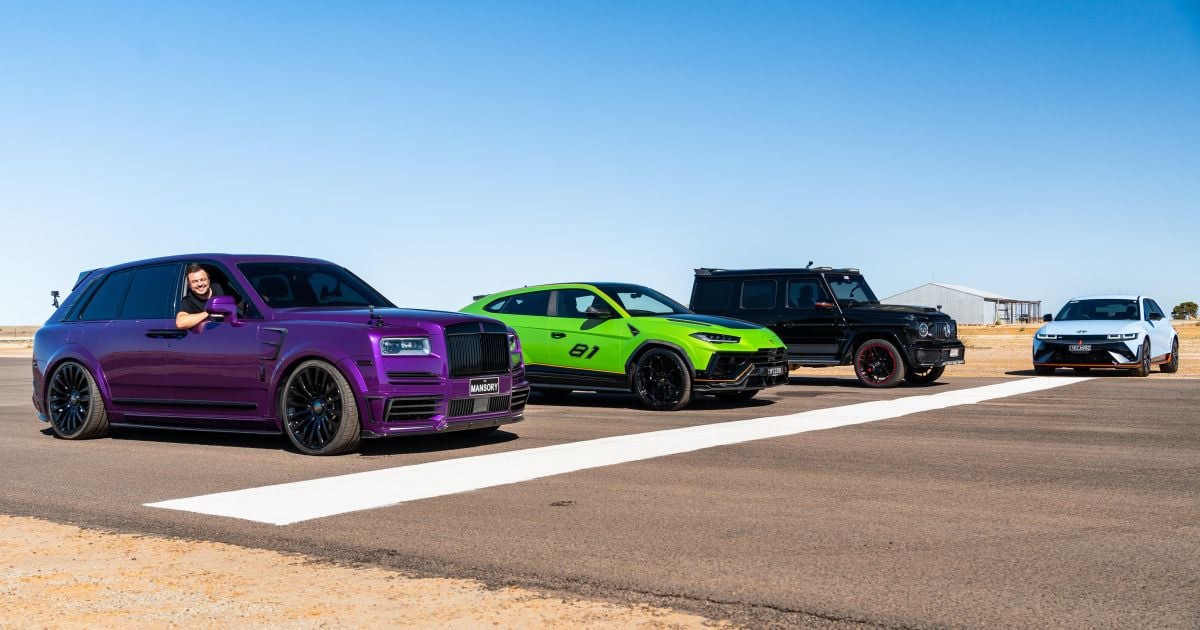


+ There are no comments
Add yours